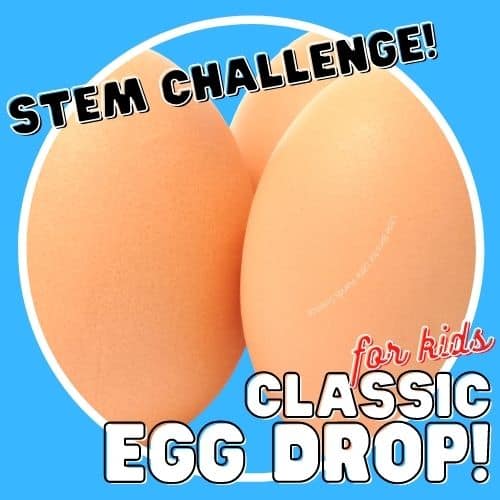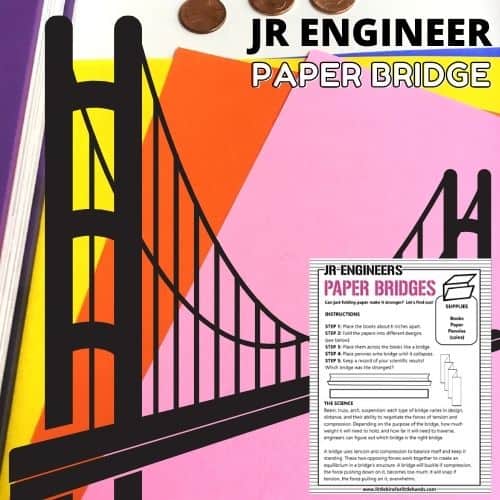Identify the Problem Engineering Design Process Easy to Draw
While you might be familiar with the traditional scientific method, are you familiar with the engineering design process? The traditional scientific method follows a linear path of actions including stating a hypothesis, experimenting, collecting and analyzing data, and drawing conclusions. While the engineering design process is much more flexible. Set your junior engineers up for success by introducing them to this awesome way of thinking!
ENGINEERING DESIGN PROCESS FOR KIDS

What is the Engineering Design Process?
Engineers often follow a design process. There are many different design processes that all engineers use but each one includes the same basic steps to identify and solve problems.
An example of the process is "ask, imagine, plan, create, and improve". This process is flexible and maybe completed in any order.
It is considered a cycle with no real starting point or end point. It may even loop out and expand into parallel design processes that come back to the original problem or run on a tangent.
The engineering design process has a specific task as its focus and is important as it allows the engineer to reproduce results. Also communicate those results with other engineers once the goal is reached.

STEPS OF THE ENGINEERING DESIGN PROCESS
Remember the steps of the engineering design process do not always need to be followed in order. However, it makes sense to start with the problem and create your first design or prototype which you then test and improve.
Here are the steps of the engineering design process explained for kids. Make sure to also download the printable engineering design process worksheets at the end for you to use on your engineering projects.
You can even use our super simple (everyone must try) classic egg drop challenge as an example. With minimal materials needed, this is a fantastic way to spend 15 mins (or as long as you want) getting kiddos warmed up to the engineering process.
1. Ask
Define what the problem is. Write down your thoughts or discuss them with others.
- What is the problem (or the challenge)?
- Why is it important to find a solution (note that not every challenge or problem will solve a real-world problem as kiddos are starting out)?
2. Imagine
Brainstorm as many ideas as you can think of without judging whether it is a good idea or not. Sometimes your best idea will not be the first or even second thing you think of.
Although not applicable (or practical) in every situation, you can aim to learn from the experience of other people. Talk with people about their ideas and research what similar projects have been done before.
- What are possible solutions?
- What information do I need to know?
3. Plan
Decide which possible solution you want to use from your brainstorm above. Think about what might be difficult about the design, and what would make it the best idea to try first.
Write out a plan for your design project. List what materials you want to use and draw a diagram of what you want to make. Make sure to label your diagram.
- What materials do I need?
- What tasks do I need to do?
NOTE: You may only be able to dedicate 2-5 minutes to the imagine/plan phase and that's perfectly fine! If time allows, you can always go back and retry other plans!

4. Create
Build a prototype and test it out. A prototype is the first version of your solution. Testing it out will help you learn what you want your final design to look like. It's ok if the prototype isn't perfect or if you need to cycle back around and rethink the plan!
NOTE: This is an area where you can limit the time to 15-20 minutes if needed an use the questions below as a talking point for 3-5 minutes.
5. Improve
Once you have tested your design, think about what improvements you need to make. These last few steps may be repeated several times until you come up with your final design.
The following questions are great for reflecting on the experience and encouraging kids to communicate about what they have done and get them thinking about what they could do better next time.
- What worked and what didn't work well?
- What changes can I make to improve my design?
- Have I solved the problem?
- If I could do it over, what would I do differently?
- If I had more time, I would like to…
Get your FREE 8-Page Engineering Design Process Pack

EXAMPLES OF THE ENGINEERING DESIGN PROCESS
Let's practice the steps of the engineering design process with one of these fun and easy engineering activities below. Click on each project for the full activity!
EGG DROP PROJECT
Protect your eggs from breaking when dropped from a height. What ideas will you come up with? See our variations that make this the perfect engineering project for younger kids as well as older kids.

PAPER PLANE LAUNCHER
Design and build a device that will launch a paper airplane. How far can you launch your paper plane? Create a prototype and test it out!

PAPER BRIDGE
How strong can you make a bridge using only paper? Test it out by seeing how many pennies it can hold. Evaluate your design and make improvements.

STRAW BOATS
Design a boat made from straws and tape, and see how many items it can hold before it sinks.

WHAT IS AN ENGINEER
Is a scientist an engineer? Is an engineer a scientist? It can be very confusing! Often scientists and engineers work together to solve a problem. You may find it hard to understand how they are similar and yet different. Learn more about what is an engineer.
ENGINEERING BOOKS FOR KIDS
Sometimes the best way to introduce STEM is through a colorfully illustrated book with characters your kids can relate to! Check out this fantastic list of engineering books that are teacher approved and get ready to spark curiosity and exploration!
ENGINEERING VOCAB
Think like an engineer! Talk like an engineer! Act like an engineer! Get kids started with a vocabulary list that introduces some awesome engineering terms. Make sure to include them into your next engineering challenge or project.
ENGINEERING DESIGN PROCESS FOR KIDS
Click on the image below or on the link for tons more engineering activities for kids.

Source: https://littlebinsforlittlehands.com/engineering-design-process/
0 Response to "Identify the Problem Engineering Design Process Easy to Draw"
Post a Comment